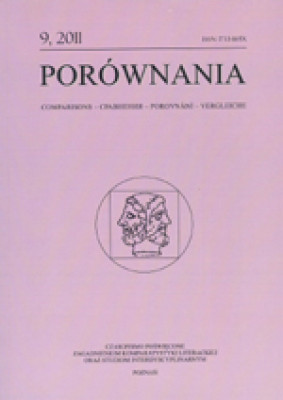Glass houses and glass architecture
The article is an analysis of the motif of glass houses in Stefan Żeromski’s The Spring to Come in the context of architectural trends of the 20th century. This reflection, which has been nearly totally ignored by literary scholars, evolves from the concept of glass architecture by Joseph Paxton, Paul Scheebart, Chicago school to the futuristic cities of the future (Die Stadtkrone by Bruno Taut). Such an architectural perspective of interpretation allows to see the glass houses as similar to the concept which is in accordance with the modern view on development based on advancement in science and technology. The artist – a representative of the intelligentsia – was supposed to be the author of a better tomorrow for the inhabitants of the poverty-stricken cities. Żeromski, who is the author of the utopia of building as opposed to destroying, is seen as a follower of reforms and a professed adversary of revolution.
| Article Title | Type | Size |
|---|---|---|
| Porownania 9 01 03 | [pdf] | [1.7 MB] |
